A Guide To Pallet Rack Decking Types
Contents
Pallet rack decking may not seem much to look at, but it is an integral part of your shelving system, a crucial tool in keeping your products safe and pallet racking in good order.
What is pallet rack decking?
Typically used to support storage for small and loose items or smaller pallet sizes, the rack decking secures a place on the racking for items that vary in size and packaging, ensuring nothing falls through. Rack decking can be made from wood, chipboard or steel, and cater to various needs.
Pallet rack decking types
The type of decking you need will depend on the type of product you are storing, and whether your facility is outdoor or indoor, or at higher risk of fire, for example. The four main types of rack decking are:
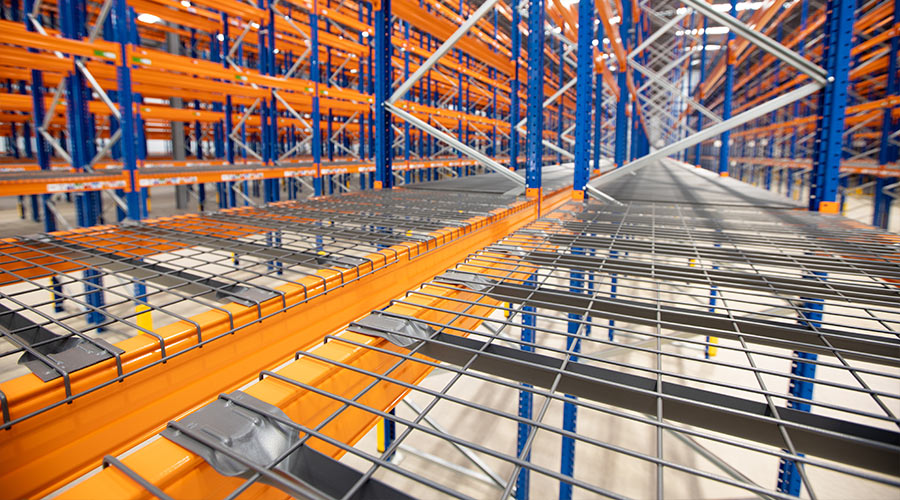
Wire Mesh Decking
Perhaps the most cost-effective option, wire mesh decking is made of industrial-grade steel and comes in various thicknesses to support your goods. A super durable choice, wire mesh decking is suitable for all warehouse types, providing a clean, easy to maintain system to store a wide variety of size, weight, and product types, indoor and outdoor. The decking is ultimately more sterile as the mesh design results in less grime and debris collecting in the decking, reducing the frequency for cleaning and, crucially, a fire risk. Steel is the most fire retardant of the decking types and so something to consider when storing chemicals and hazardous materials. Mesh Decking is also an ideal option for upper floor mezzanines.
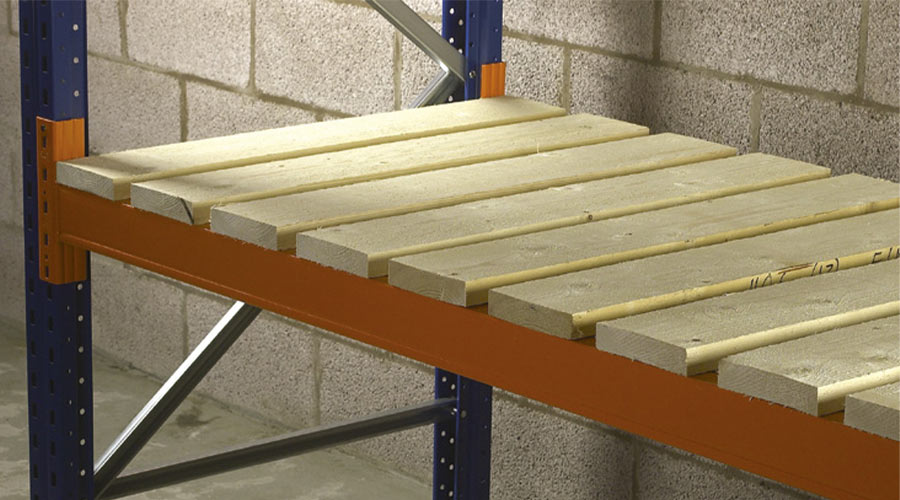
Timber Decking
A highly versatile option, pallet timber decking is supplied open or closed boarded, made up of slats, then screwed into the battens. They are durable, resilient, and flexible in size and fit, easily adapted to fit the most obscure sizing. Made with good quality timber, they can support heavy loads and provide a sturdy platform to hold small items and loose goods. Timber is a very safe option for this reason and drastically limits any stock falling through the racking, protecting both employees and goods.
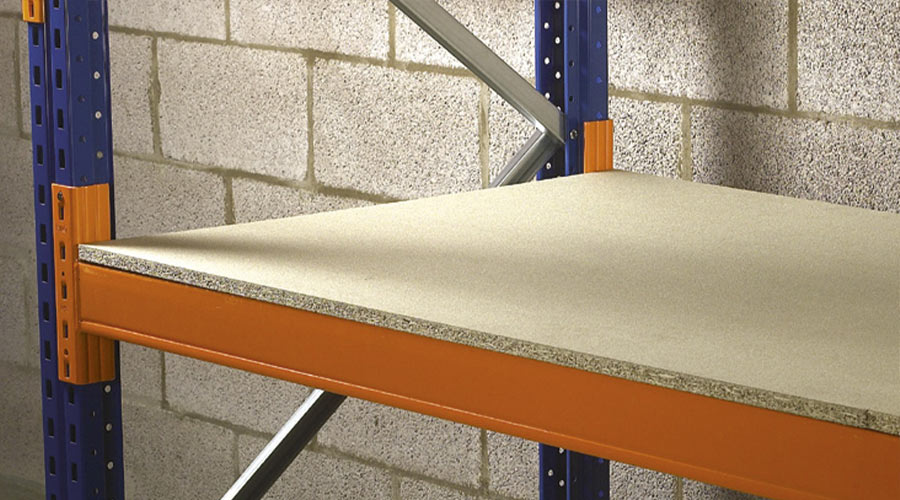
Chipboard Decking
Like its timber counterpart, chipboard decking is durable. Available in normal, medium, and high-density depth, its smooth surface and relatively decent weight-bearing capabilities (Max 1,000kgs) make it an excellent option for supporting long-span shelving systems. Made up of wood chips and glue-bound by heat and pressure, chipboard aids the storage and pick of items such as carpets that benefit from the smooth skin. Chipboard can fit to measure and sit flush within the racking system structure, ensuring no lips or surfaces are exposed to catch or scratch goods being stored and picked.
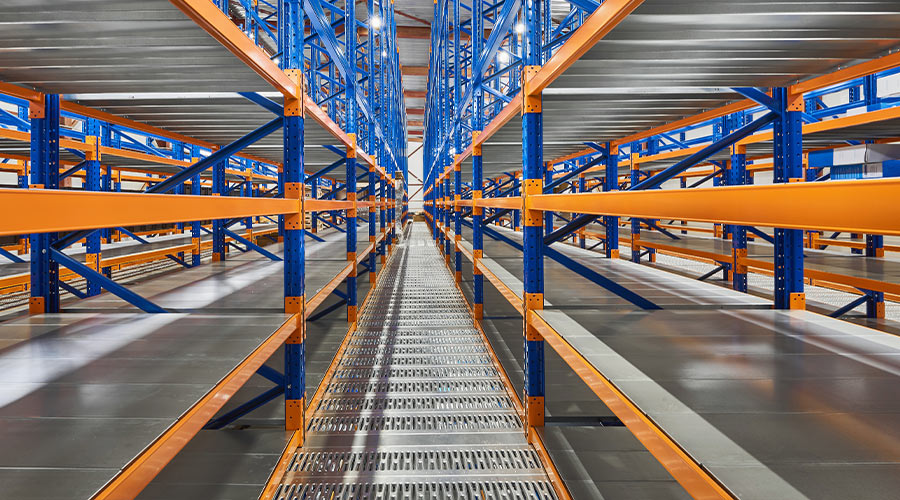
Steel Notched Decking
Suitable for indoor and outdoor use, notched decking consists of steel plates, which fit across the width of the racking beams to form a steel bed to house goods. As with all decking types, they can be made to measure and are easily fitted thanks to their slot in/out fitting. Manufactured from steel, they are more durable than a chipboard option and can be used for a wider variety of scenarios – getting wet and dirty is no issue here. If you are storing food items or products that are more likely to spill, for example, the slats can be easily removed for cleaning or replaced if they fall victim to a corrosive substance, without disturbing the rest of the decking.
Things to consider
Rack decking variants are many, as we can see, so how do you know which to choose? There are several things to consider before making any purchases. Nene is the expert in all things racking and can advise you at a consultation and when designing your racking system what you will need. In the meantime, key considerations to make are;
1. Capacity and weight load
Always your number one consideration. The decking’s essential function is to safely store your goods for either long-term storage or picking, and so it must be able to perform to its capability by taking the correct weight loads. Mesh decking can take up to 1,000kg, but timber has a grade according to the maximum load it’s due to take. If the weight load calculations are off, you will be putting your employees and goods in potential danger from racking fall or collapse.
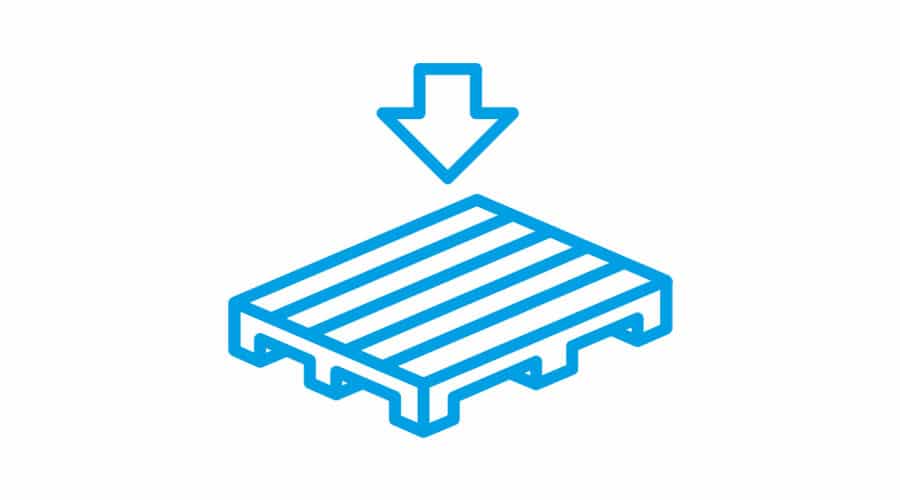
2. Certified products
As with any racking installation or product, you will need to have SEMA sign off to be insured and ensure that it is safe, meeting all industry regulatory standards. Nene installers and engineers are SEMA qualified and will ensure that you are up to date and using the correct, high-quality equipment for the job.
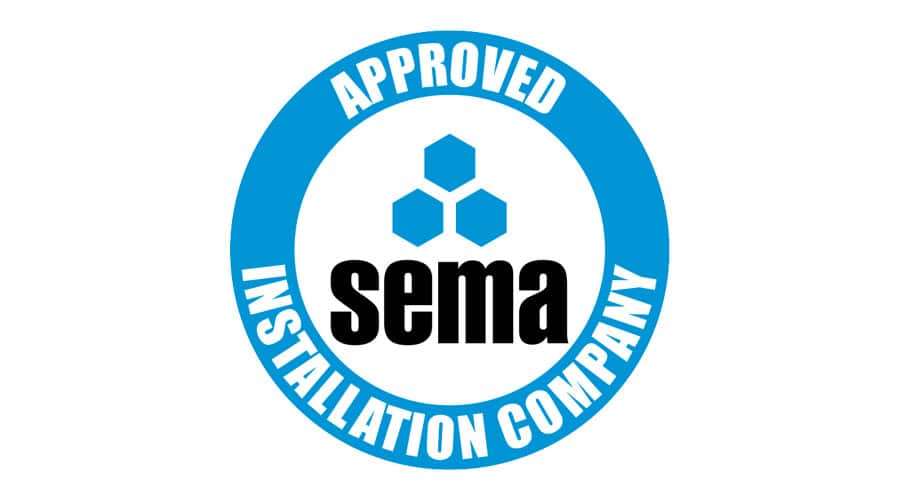
3. Fire risk
If you have a sprinkler system in your warehouse, then a mesh or slatted solution is mostly recommended by the Fire Service. The gaps between the mesh and slatted options allow water from the sprinkler systems to get through and smoke to get out and reach the ventilation above. If you are using timber, ensure that it is classified in Class 0 or Class 1 fire protection, limiting the surface spread of flames and the amount of heat released from the surface during a fire.

4. Durability
While all options offer a decent level of robustness, you can assess the durability level you need based on the goods you will be storing. Add to the mix the footfall and frequency of pick in your warehouse, machinery to be used on the decking, and actions like cleaning, and you can build a picture of how long a decking type will last under your warehouse conditions.

Decking may seem a small feature, but it is mighty and fundamental to your warehouse’s high performance, safety, and functionality. Nene will advise you and supply and install the specific decking you need to be productive for your warehouse.
